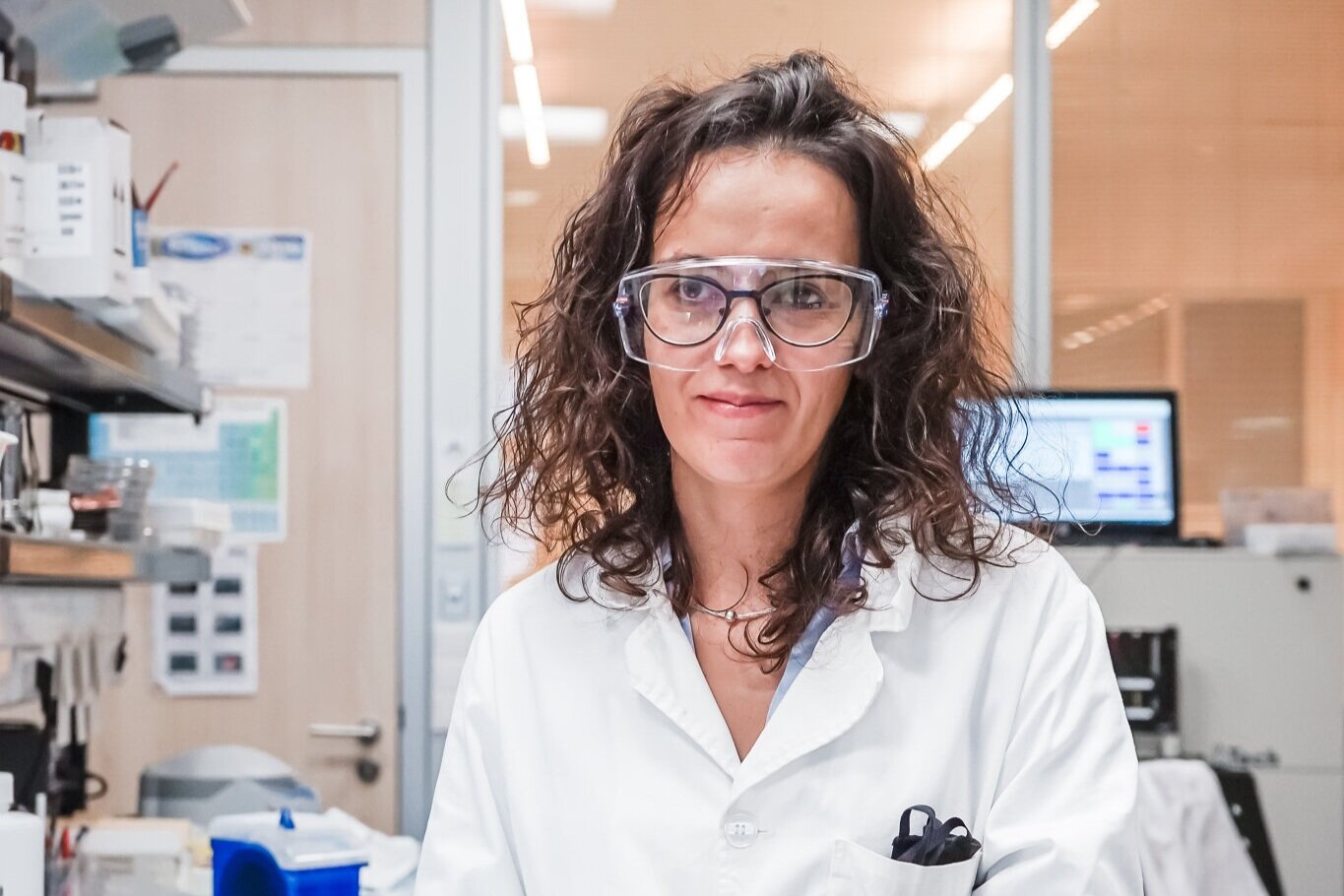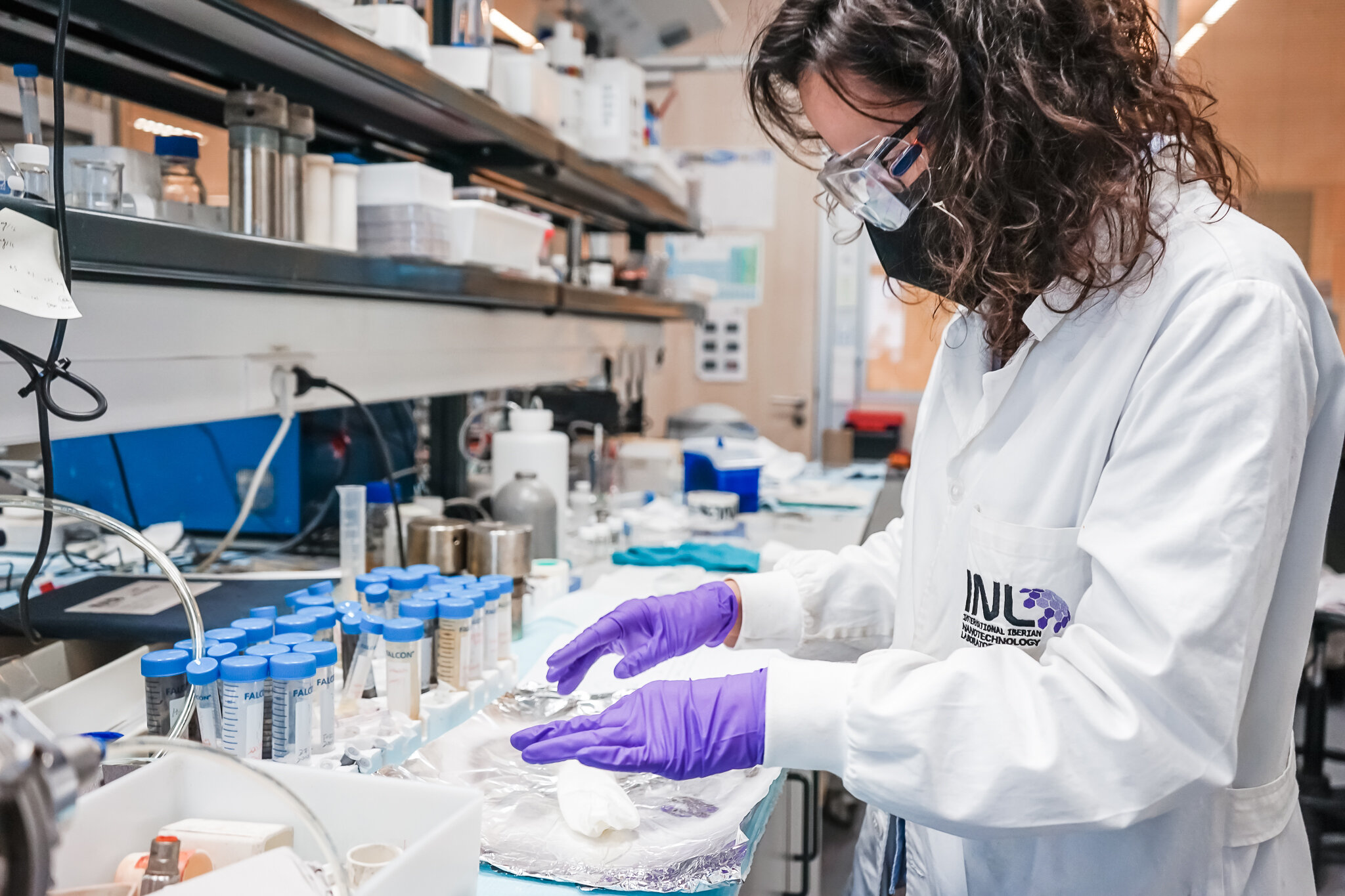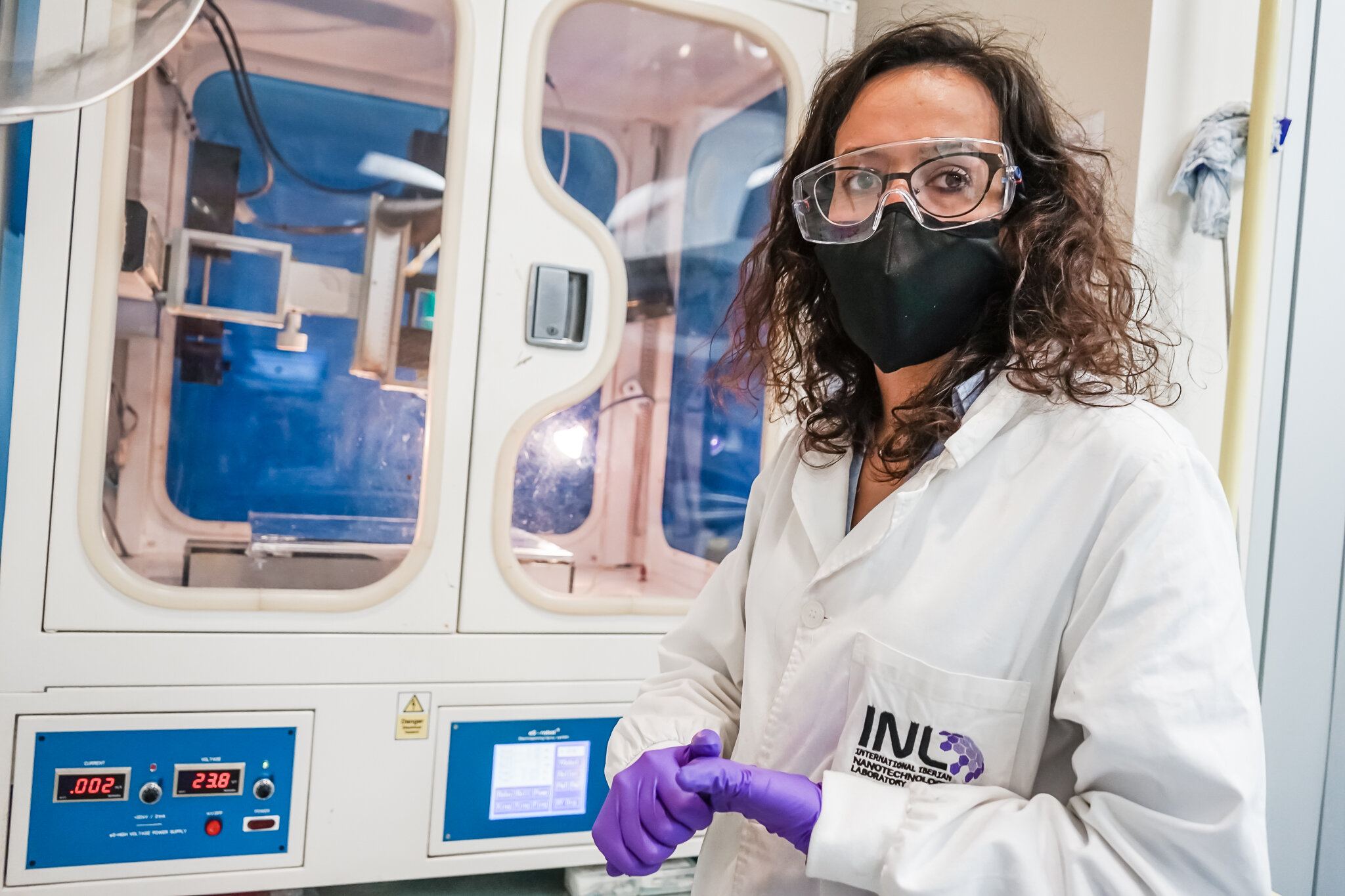
New, environmental-friendly and sustainable remediation technologies, an interview with Juliana Sousa
February 12, 2021
In the week we celebrate the International Day of Women and Girls in Science implemented by UNESCO we bring you a new interview with Juliana Sousa, Staff Researcher in the Nanochemistry Research Group.
She joined INL in 2015 and is currently working on the development of adsorption technologies for the recovery of metal ions from industrial wastewater. She did her PhD in the field of heterogeneous catalysis, working on the preparation and characterization of carbon materials for environmental catalysis at the Associated Laboratory LSRE/LCM group at the Faculty of Engineering in Porto University.
After her PhD, she joined the Functional Materials & Solutions team at Centre for Nanotechnology and Smart Materials, and gained strong experience in various scientific fields, such as synthesis and functionalization of inorganic materials and their incorporation onto several substrates, and the development of polymer coatings for automotive and construction industries.
Congrats on the start of the NanoCatRed project can you explain the main takeaways?
Several health risks have been associated with the occurrence of inorganic contaminants at concentrations larger than the background levels in surface and ground waters. The sourcing of these waters for human consumption entails several risks that require mitigation in the form of water treatment processes. However, conventional water treatment technologies are not efficient in the removal of these pollutants.
The NanoCatRed project is designed to take advantage of two different concepts in heterogeneous hydrogenation catalysts to achieve a step-change in the efficiency in water purification applications: new methodologies for the fabrication of more active/less costly metallic nanoparticles, and new methodologies for the fabrication of nanostructured supports that can enhance the activity/selective/stability of the active metal phase.
At INL since 2015, can you tell us a bit about your journey?
My journey started in 2015, with a very challenge project that obliged me a get out of my comfort zone. I would like to enjoy this opportunity and give my warmest thanks to Dr Carlos Rodriguez for all the support and push forward. In these five years, I have had the opportunity to work in several projects from different scientific fields that allowed me to continuously learn and challenge myself to give an answer to the problems that arose. I am very lucky to work in the Nanochemistry Research Group. This an extraordinary working group and is built of exceptional people that make my days very special and unique.
How do you see the development adsorption technologies for the recovery of metal ions and where can it be applied??
Heavy metals are discharged from different industries including mining, glass, textiles, ceramics, and storage batteries. Recently, there have been growing concerns over water pollution by heavy metals released from industrial effluents due to the toxic effects of their ions on organisms. Adsorption is an effective and economical method for wastewater treatment. The adsorption process offers flexibility in design and operation and it can produce a high-quality treated effluent.
How would you explain the importance of your work to a non-scientific person?
Most of the people know that water quality has a strong influence on World Health. In this way, I try to give specific examples to a non-scientific person how science can positively affect environmental quality. The importance of my work consists of the development of new remediation technologies, environmental-friendly and sustainable, in order to ensure the living systems maintenance and keep the equilibrium between nature and human actions.
What inspires you in your work and in science?
I can consider myself a very lucky person because I do what I really love. So my inspiration is to be happy. Now I truly appreciate what science can do, and what power it holds. It not only gives me pleasure to work in it every day, but it can help to mould the world. I hope that my work can change the lives of at least a few people for the better.





